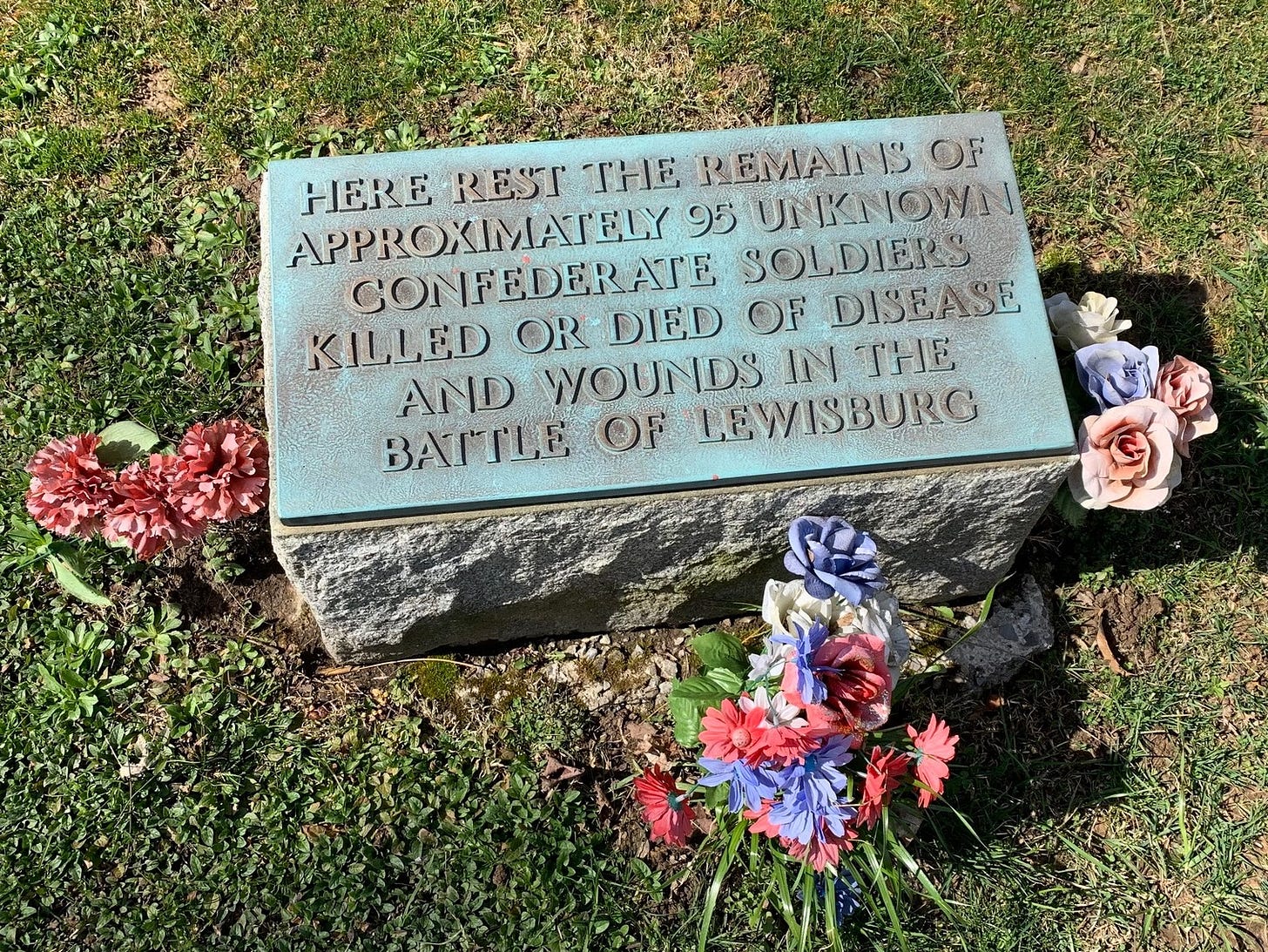In the warm hush of a May afternoon, sunlight slants across a quiet country cemetery. Mossy headstones lie half-hidden in dogwood shadows, each waiting for the spring ritual of remembrance.
The modern federal Memorial Day has its roots in Civil War tributes. Three years after Appomattox, Major General John A. Logan of the Union veterans’ organization (the GAR) declared May 30, 1868, a national “Decoration Day,” “for the purpose of strewing with flowers or otherwise decorating the graves of comrades.” That year’s first large observance was held at Arlington National Cemetery, where officials led orphaned children and veterans through the rows of graves, laying blooms on both Union and Confederate markers. Logan urged that “no ravages of time” testify to the young nation forgetting “the cost of a free and undivided republic.” (We’ll hold off on additional editorial commentary about the state of a free and undivided republic today.) But with those words, a solemn annual tradition was codified.

Many Birthplaces of Memorial Day
Even as Decoration Day became official, local communities on both sides of the Mason-Dixon Line had already honored their dead. In fact, dozens of towns claim to be “the first.” On May 1, 1865, barely a month after Confederate General Robert E. Lee’s surrender, Charleston, S.C., witnessed one of the earliest tributes. Thousands of freed Black Charlestonians marched through the ruins of the city’s old race course, carrying armfuls of flowers to the freshly dug graves of more than 250 Union soldiers. Historian David Blight unearthed reports of 10,000 people (mostly freedmen and some white missionaries) holding a parade and service that May morning, with schoolchildren singing “John Brown’s Body” as they placed blooms on the “Martyrs of the Race Course.” Hear Paul Robeson’s version of the song from nearly a century later here.

Elsewhere, more modest ceremonies claimed the honor. In Columbus, Mississippi, four war widows held a Decoration Day in Friendship Cemetery on April 25, 1866. They first adorned Confederate graves with flowers, but “disturbed at the sight of the bare” Union plots, legend has it that they laid blooms on those as well. One of the women, Augusta Sykes, famously asked, “How can we expect the North to honor Confederate graves if we don’t honor the Union graves here?” News of their act reached the North and even inspired Judge Francis Finch’s poem “The Blue and the Gray,” which honored the dead of both armies.

In the North, small towns made their own claims. Waterloo, New York, long touted a May 5, 1866, ceremony as the first Memorial Day, and in 1966 Congress even recognized it as the holiday’s birthplace. But later research showed Waterloo’s story was flawed. Its first ceremony was actually in 1868, making the 1866 legend a local myth. In truth, roughly 25 different places have been named in connection with Memorial Day’s origins. This patchwork of memory reveals that Decoration Day sprang organically in many communities, each honoring its own dead.
Decoration Day in Southern Churchyards
Beyond these origin stories, a related custom grew in the rural South that lived on long after the Civil War. In Appalachian hills and country churchyards, families still practice an annual “Decoration Day” each spring, on a day set by the adjacent church. Days before the appointed Sunday (often in late May or June), neighbors and kin gather to mow the cemetery grass, straighten leaning stones, clean the graves, and prepare flowers. Old headstones are scrubbed and mended, fences repaired, and gravel pathways cleared. Essentially, a year’s worth of maintenance is undertaken communally before the big day arrives.

On the chosen Decoration Day, some congregations hold simple open-air services in the churchyard. In such cases, a minister preaches under the shade of an oak, relatives sing hymns for their ancestors, and perhaps a prayer is said for the nation’s fallen. The term "Homecoming" is sometimes used synonymously with Decoration Day. This combines the cemetery cleanup and decoration with a time for church members and other families to return to ancestral grounds to celebrate their history and heritage.
After worship, the formal program quietly dissolves into a long-overdue reunion: “dinner on the ground.” Personal family legend has it that I chose the church that our family attended based on it’s having the largest dinner-on-the-ground table in the area. I suppose I was easily impressed by the thought of large quantities of Southern delicacies even as a young lad, and to this day I remember my passion for Miss Evie’s macaroni & cheese, of which I learned the key to the gooey deliciousness was… government cheese.
At similar small country churches, families would unpack homemade feasts on folding tables or blankets right among the gravestones, sharing picnic dishes and memories. (I mean, talk about Southern gothic… .) Small children would play near the grave markers while elders told stories of the departed. Our own church’s dinner-on-the-ground table was near the cemetery, but there was unfortunately no mingling with the dead in such a casual style.
This folk ritual had practical timing: flowers bloomed while overgrown pathways and grounds needed to be cleared by early summer. Though Decoration Day predates the national holiday, in Appalachia and across the Southeast, the two celebrations often still merge. Even now, the custom survives as a living link to the past.

In our modern society, we need to keep in mind that Memorial Day is more than the unofficial kickoff to summer or just a three-day weekend, it is a profound act of collective remembrance. Behind every barbecue and every retail sale lies a history of death, and its associated grief woven into the very fabric of this holiday. So if you pause beneath the gentle shade of the oaks and look upon the weathered stones, remember that each bloom you place is a testament to those gone before us.






